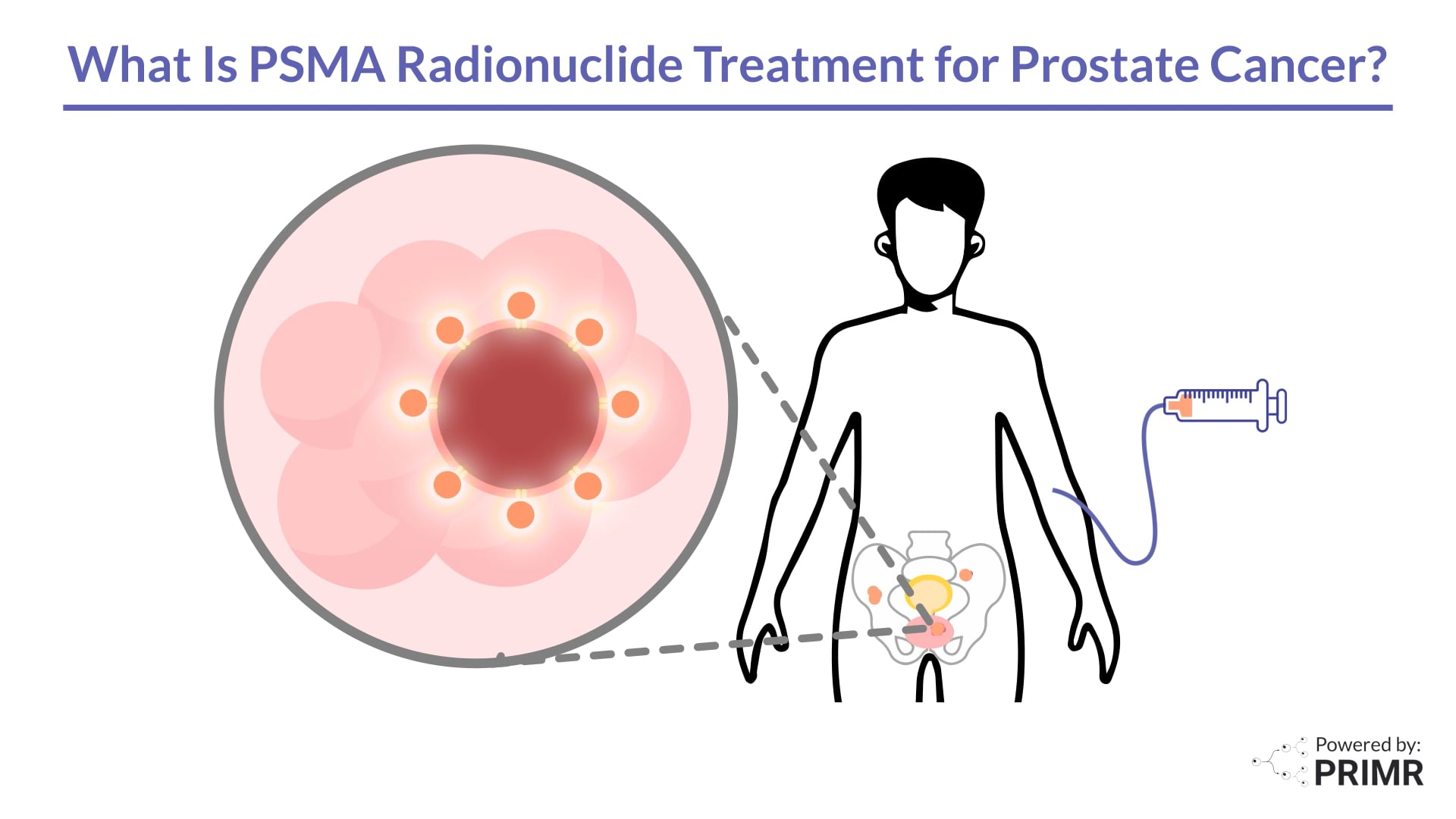New Prostate Cancer Diagnosis - What to Expect
Any man with a new diagnosis of prostate cancer should understand the 3 tenets of that lead to cancer cure:
1. Diagnosis
2. Staging
3. Treatment
Read the full video transcript below:
In this video, we'll talk about the three basic steps that any man who has a new diagnosis of prostate cancer should understand: diagnosis, staging, and treatment.
Most new prostate cancers are discovered after an abnormal finding on a simple blood test called PSA. PSA is a chemical that's normally found in the blood. It can be made by the prostate gland, but it also can be made by prostate cancer cells.
If your doctor is concerned about a rise in PSA, he may recommend a biopsy. After biopsy, the small pieces of the prostate gland are sent to the lab to look for cancer. If cancer is found, some men will require additional studies called staging studies.
The purpose of these studies is to determine how advanced the cancer is at the time of diagnosis.
A CAT scan or CT scan can determine whether or not the cancer has spread to other areas in the pelvis like lymph nodes.
A bone scan can determine whether or not the cancer has gotten in the bloodstream and spread to bones. An MRI can tell whether or not the cancer has spread outside the prostate into the tissues immediately surrounding it. Not all men require staging studies to determine the best cancer treatment.
The main treatment options for organ-confined or prostate cancer that hasn't left the gland are surgery and radiation therapy.
This is not medical advice. Talk to your doctor before making any medical decisions.

.jpg)
.jpg)
%20Thumbnail.png)







.jpg)
.png)


.jpeg)








.webp)

